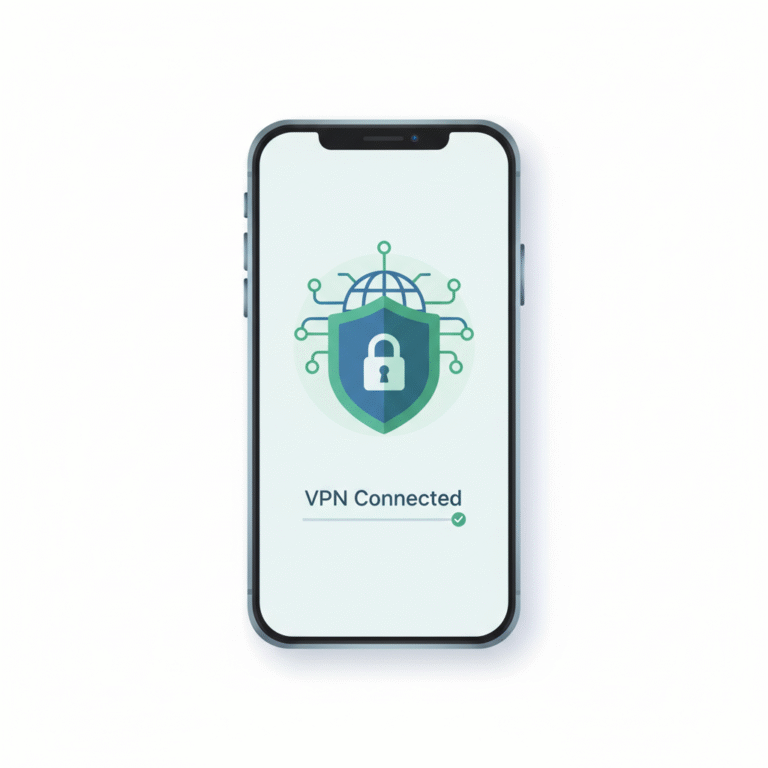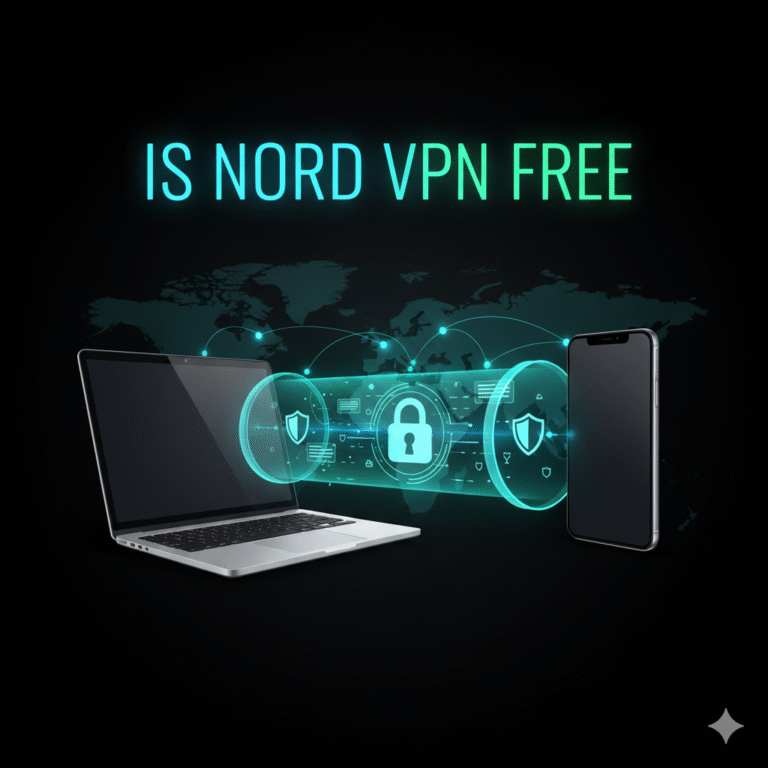How Do I Get a VPN: A Professional Guide for Secure Network Access
Virtual Private Networks (VPNs) have become essential for IT managers, network engineers, and cybersecurity professionals seeking to maintain data privacy, control access, and enable remote connectivity. Understanding how do I get a VPN is not just about downloading an app—it’s about choosing the right architecture, compliance model, and configuration that fits an organization’s technical and operational requirements.
What exactly does “how do I get a VPN” mean, and why do I need one?
The phrase “how do I get a VPN” usually refers to obtaining access to a Virtual Private Network service or deploying one internally. For professionals, this involves evaluating multiple dimensions: security protocols (OpenVPN, WireGuard, IKEv2/IPSec), encryption standards (AES-256, ChaCha20), and governance factors such as jurisdiction, logging policies, and compliance with frameworks like GDPR and HIPAA.
A VPN works by creating an encrypted tunnel between a client and a remote server, allowing data to traverse public networks safely. According to Cloudflare’s learning hub (source: Cloudflare), the core value lies in masking IP addresses and securing traffic against interception.
The decision to get a VPN depends on whether your goal is to protect corporate assets, ensure secure remote access, or bypass geographical restrictions for legitimate testing and deployment tasks.
How do I get a VPN — step-by-step: choosing, subscribing, installing
- Evaluate your use case.
Determine if you need a consumer-grade VPN or an enterprise deployment. For small IT teams, cloud-based options like NordVPN Teams or Perimeter 81 may suffice; larger infrastructures often require site-to-site or concentrator-based solutions, such as those detailed in this VPN concentrator guide. - Select a provider or framework.
Compare audited, zero-log VPN providers (e.g., NordVPN, ExpressVPN, or ProtonVPN) using transparent metrics—latency, throughput, and server diversity. - Download and install the client.
Secure the installer from official sources only. Verify hashes or digital signatures before deployment. - Configure protocols and routing.
Professionals typically enforce AES-256 with SHA-512 authentication. For environments needing low-latency tunneling, WireGuard offers modern cryptography and faster handshakes (source: RFC 8994). - Validate DNS and leak protection.
Ensure split tunneling and DNS leak prevention are active. Test with tools likednsleaktest.comor custom scripts.
Following these principles allows a secure setup while maintaining control over performance and compliance factors.
Free vs paid VPNs: which to pick and what are the trade-offs?
Free VPNs often monetize user data or inject advertisements, directly contradicting enterprise security principles. Paid VPNs, on the other hand, provide dedicated bandwidth, audited infrastructure, and compliance reporting.
For cybersecurity professionals, free VPNs may serve testing or research purposes only. Paid or self-hosted options remain the standard for production environments. Consider integrating endpoint policies, multi-factor authentication, and logging through centralized SIEM tools.
If evaluating providers, review benchmarks such as the NordVPN performance report to determine throughput and uptime under realistic network conditions.
How do I get a VPN on different devices: Windows, Mac, Android, iOS, router
Device integration defines usability and consistency.
- Windows/Mac: Utilize native IKEv2/IPSec or OpenVPN clients for domain-joined endpoints.
- Android/iOS: Deploy mobile device management (MDM) policies to enforce encryption and VPN always-on profiles.
- Routers: Flash compatible firmware (OpenWRT, DD-WRT) to route all traffic through a VPN tunnel.
This configuration centralizes network protection, reducing dependency on end-user awareness. It also enables administrators to enforce DNS filtering and kill-switch rules directly at the network level.
How do I get a VPN for specific use-cases: streaming, travel, public Wi-Fi, gaming
For professionals validating network behavior across regions, VPNs provide IP diversity and latency control. When traveling, they mitigate risks from unencrypted hotel or airport networks. In controlled gaming or streaming tests, using a VPN helps simulate regional access patterns.
Learn more about location-based routing in this regional configuration guide.
VPNs also serve compliance audits—verifying content accessibility and verifying resilience of geolocation enforcement.
However, ensure you respect local regulations. In certain jurisdictions, commercial VPN use requires authorization (source: Wikipedia).
Constraints and performance:
Performance in VPN deployment depends on encryption overhead, server proximity, and hardware acceleration. Tests show that enabling AES-256-GCM can reduce throughput by 10-15% on consumer hardware but as little as 3-5% when AES-NI is supported.
Latency also varies by routing path—multi-hop configurations can introduce 30–70 ms additional delay. IT engineers should benchmark across multiple servers before finalizing deployment.
Bandwidth shaping or ISP throttling can further influence results; therefore, always use diagnostics (e.g., iperf, traceroute) before attributing slow speeds to the VPN itself. Detailed comparative tests are discussed in AirVPN vs NordVPN.
How do I get a VPN safely: what features to look for and what to avoid
A safe VPN implementation hinges on transparent logging policies, reliable encryption, and jurisdictional awareness. Prioritize vendors with third-party security audits and published no-logs reports. Essential security features include:
- Kill switch: Prevents data exposure when a VPN connection drops.
- Split tunneling: Allows selective routing of traffic through secure channels.
- DNS leak protection: Ensures all DNS queries travel inside the tunnel.
- Perfect Forward Secrecy (PFS): Periodically regenerates session keys to prevent retrospective decryption (source: RFC 8446).
Avoid providers that lack clear ownership, transparency reports, or native protocol support. IT managers should perform regular penetration testing to ensure VPN resilience and compliance with corporate security standards.
Troubleshooting: how do I get a VPN working properly if things go wrong?
Connection issues often stem from authentication failures, outdated certificates, or packet filtering by upstream firewalls. To diagnose:
- Inspect logs.
Use verbose logging in OpenVPN or systemd journals to trace negotiation errors. - Check routing tables.
Misconfigured subnets or overlapping routes may cause partial connectivity. Confirm route push and split-tunneling parameters. - Verify DNS resolution.
DNS leaks or fallback to the ISP resolver can reveal internal domains. Consider DNS over HTTPS (DoH) or DNSCrypt for mitigation (source: Kaspersky Blog). - Test MTU values.
Fragmentation or ICMP blocking may degrade throughput. Lowering MTU to 1400–1450 can stabilize connections.
For advanced remediation, consult comparative speed analysis reports like CyberGhost VPN review to align expectations with hardware and routing limitations.
How do I get a VPN for enterprise and remote workforce environments?
Enterprise adoption involves policy-driven management. Centralized VPN concentrators, zero-trust frameworks, and cloud access security brokers (CASB) integrate VPN access with identity governance.
Implement multi-factor authentication (MFA) using tokens or FIDO2 keys. Combine VPN logging with SIEM monitoring for anomaly detection.
Hybrid architectures—combining site-to-site tunnels for offices and client-based VPNs for remote workers—provide flexibility without sacrificing visibility. Evaluate compatibility with SD-WAN for route optimization.
Network engineers can further optimize with IPsec Phase 2 lifetimes tuned for session stability, ensuring minimal downtime during re-keying cycles.
Constraints and performance (continued):
Real-world VPN throughput depends heavily on CPU acceleration, protocol selection, and concurrent user count.
- Protocol efficiency: WireGuard’s lean codebase yields up to 40% better throughput than OpenVPN on identical hardware.
- Device limits: Embedded routers with low-end SoCs struggle beyond 100 Mbps encrypted traffic.
- ISP variability: Some ISPs throttle UDP-based VPN traffic; switching to TCP 443 encapsulation can restore stability.
Performance testing should include both synthetic and live workloads. Monitoring packet loss, jitter, and latency provides actionable telemetry for optimization.
In environments prioritizing compliance, encryption strength may outweigh speed considerations—especially when protecting sensitive telemetry or VPN management APIs. (source: TechRadar)
Regional and legal considerations
When researching how do I get a VPN, professionals must account for legal frameworks. Some countries regulate encryption strength or require providers to maintain intercept capabilities. Always confirm compliance with local telecom and privacy regulations.
For multi-jurisdictional organizations, segment VPN endpoints to separate traffic between regulated and non-regulated data flows. This design simplifies audit trails and incident response procedures.
Conclusion
Understanding how do I get a VPN is about aligning technology, governance, and performance objectives. Whether you deploy a commercial service or build a self-hosted framework, the principles remain the same—strong encryption, verified transparency, and operational discipline. A well-implemented VPN not only secures data in motion but also strengthens the overall cybersecurity posture of any enterprise network.



